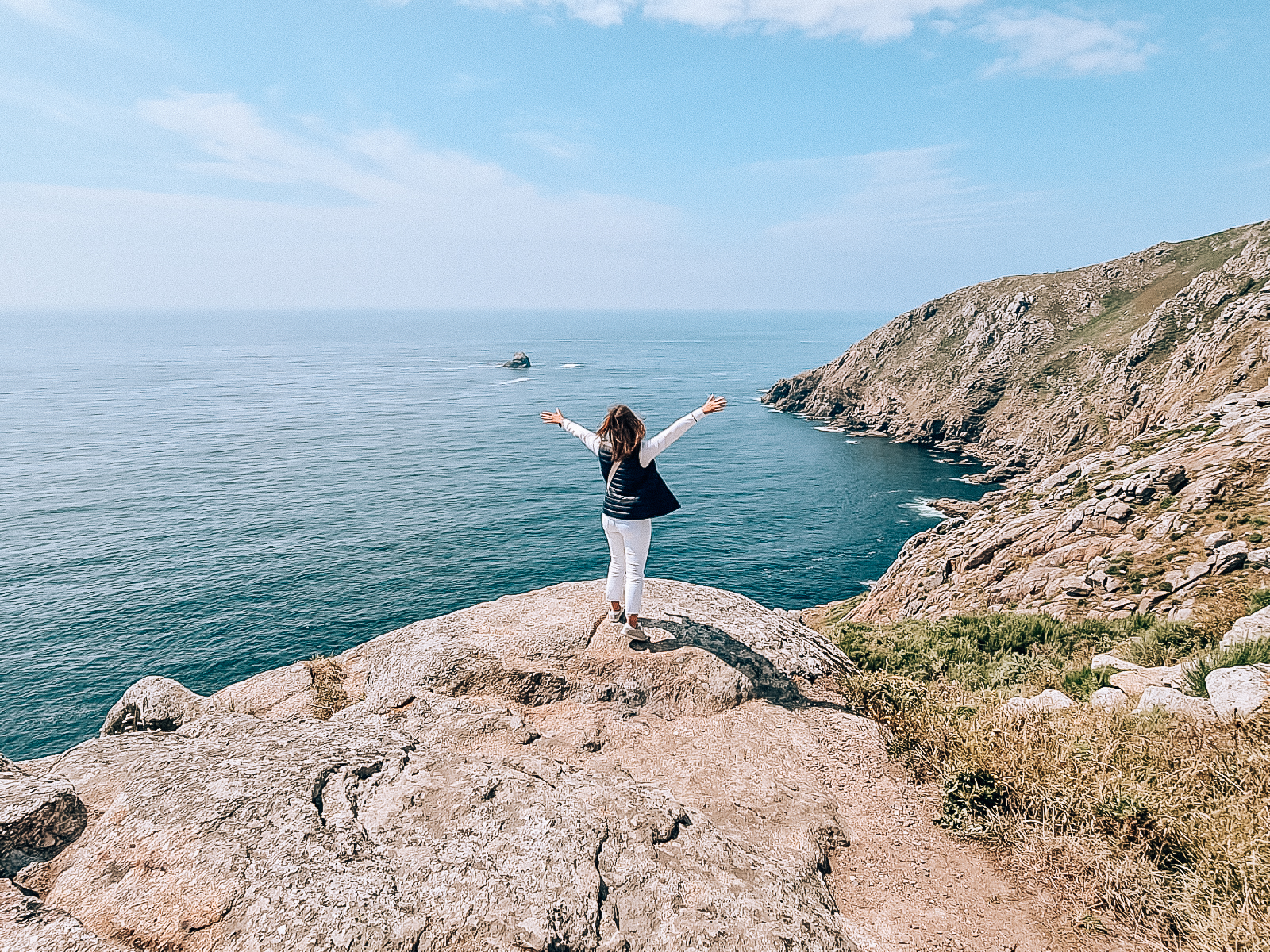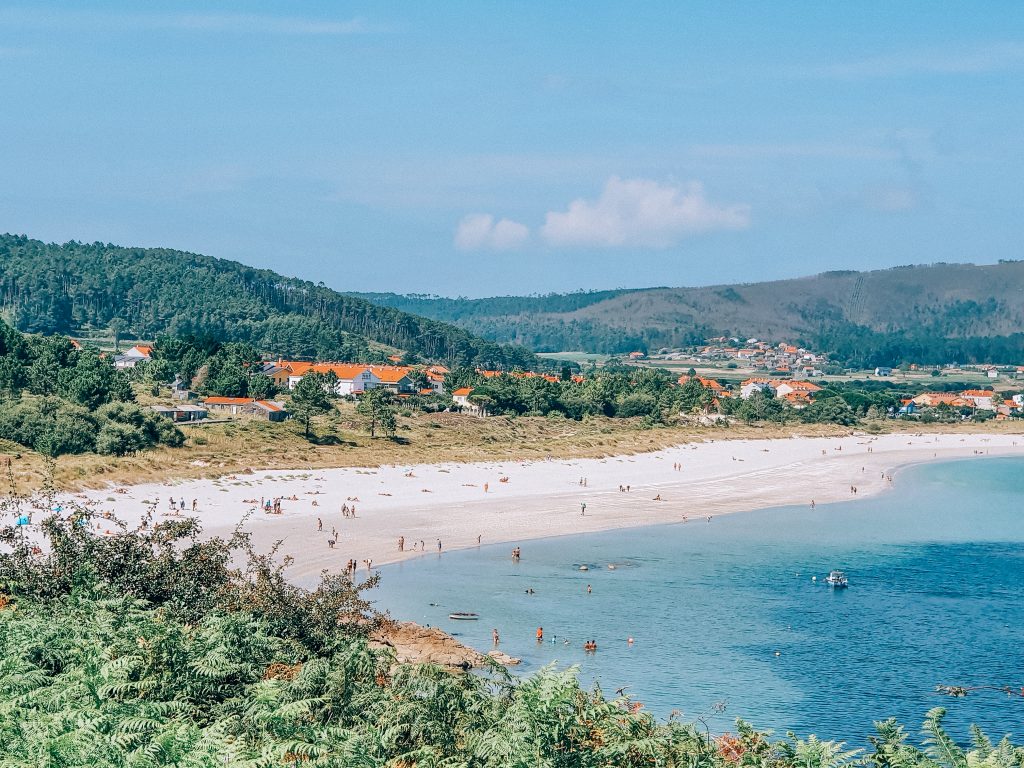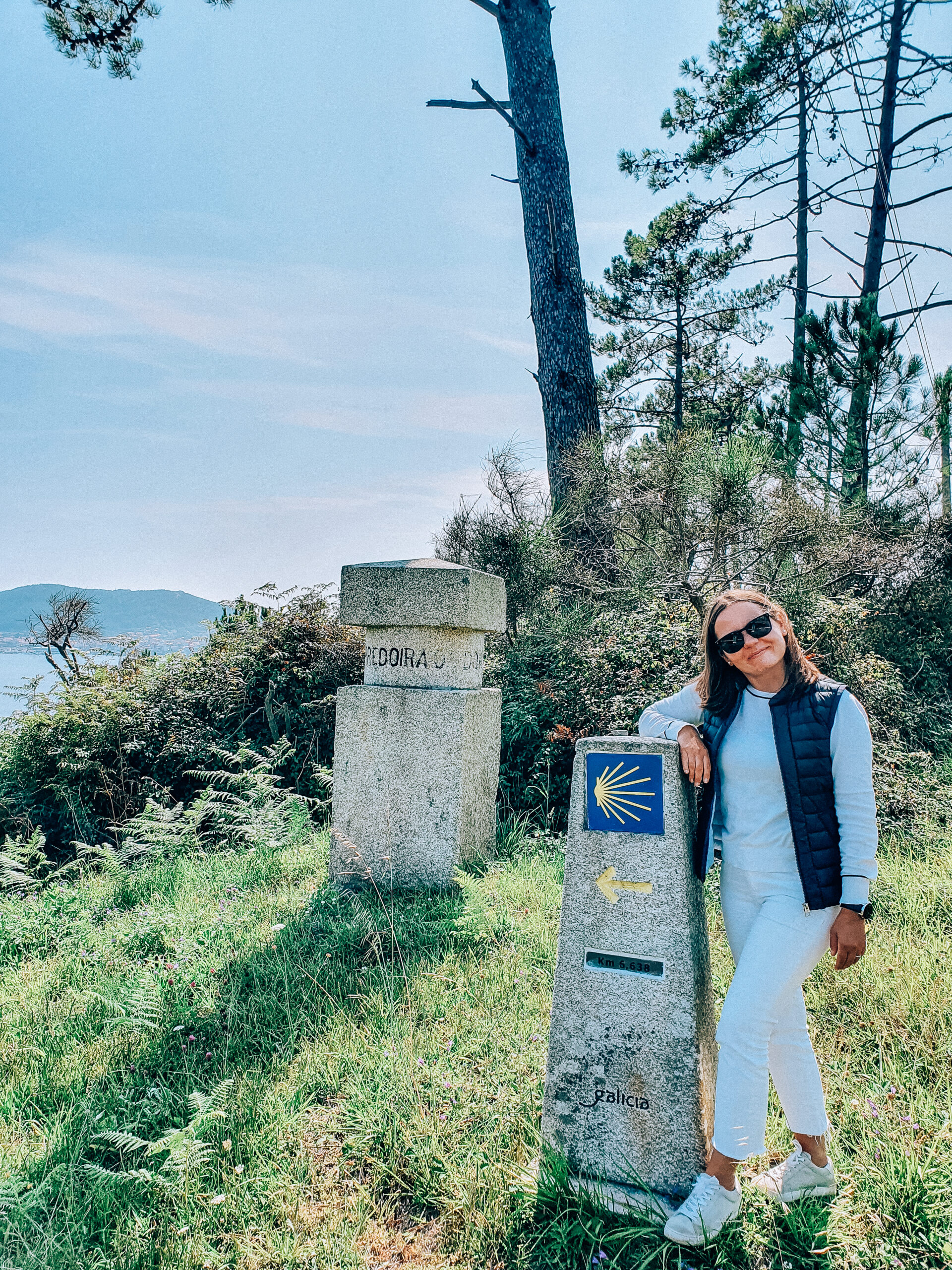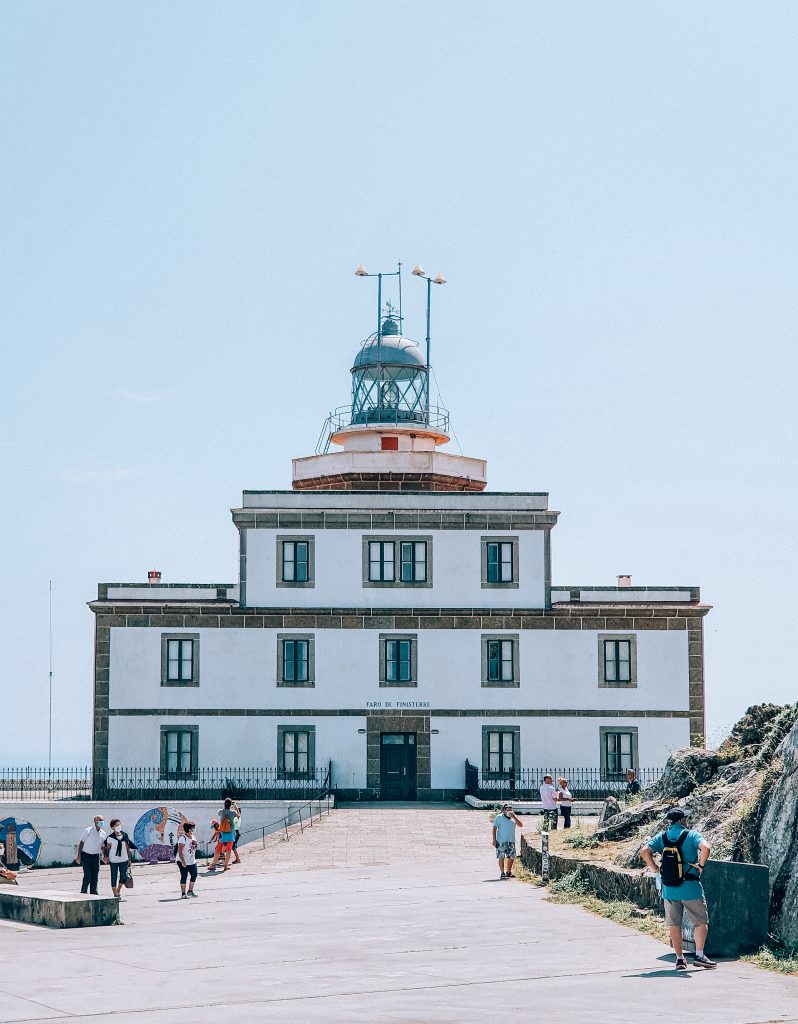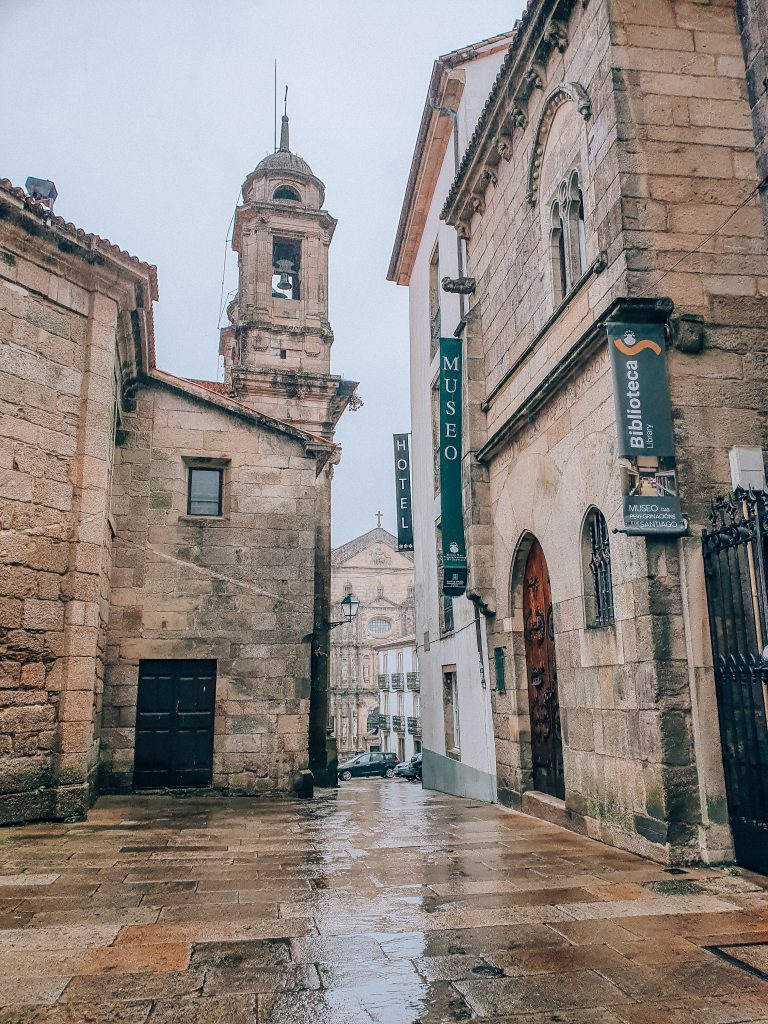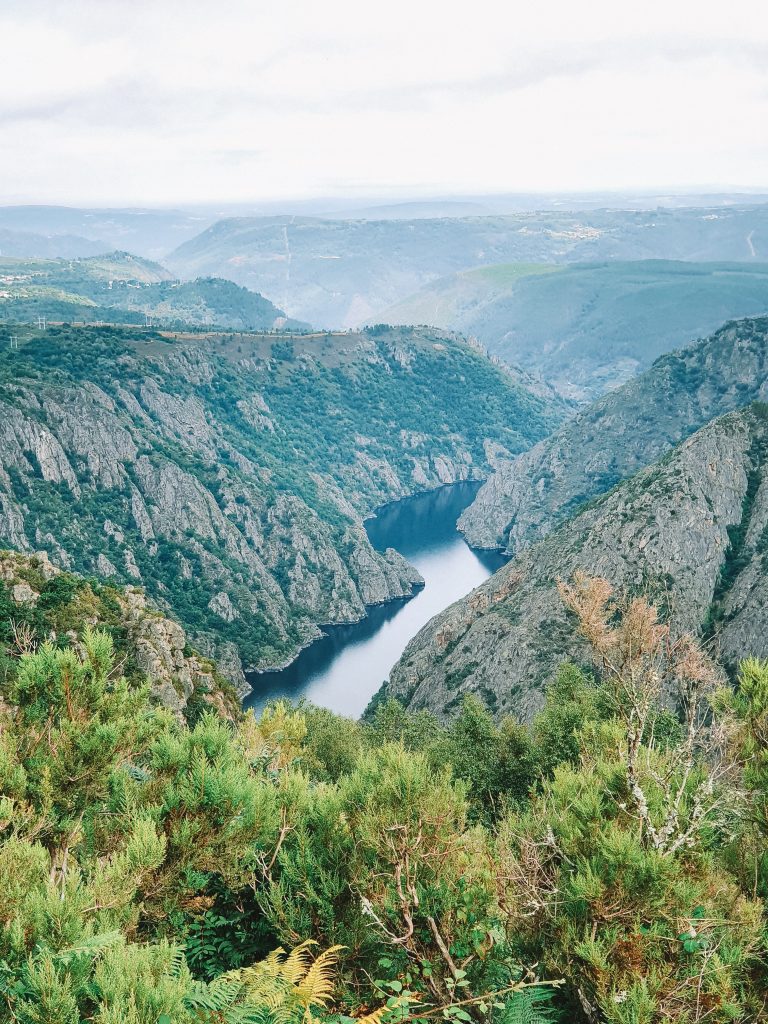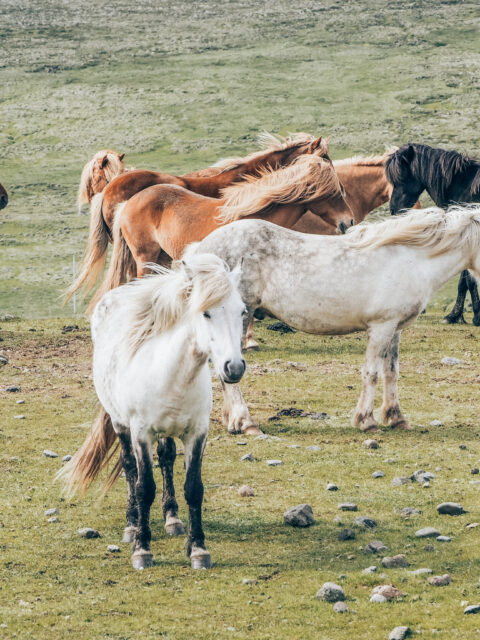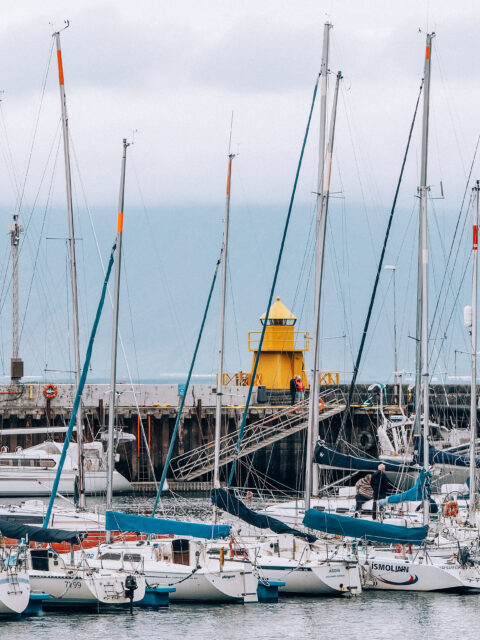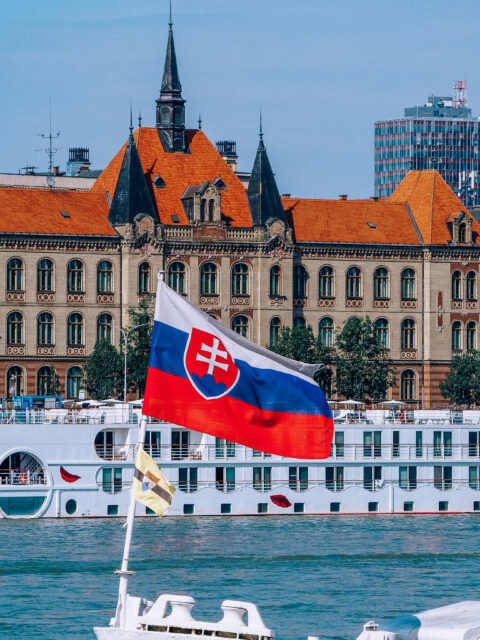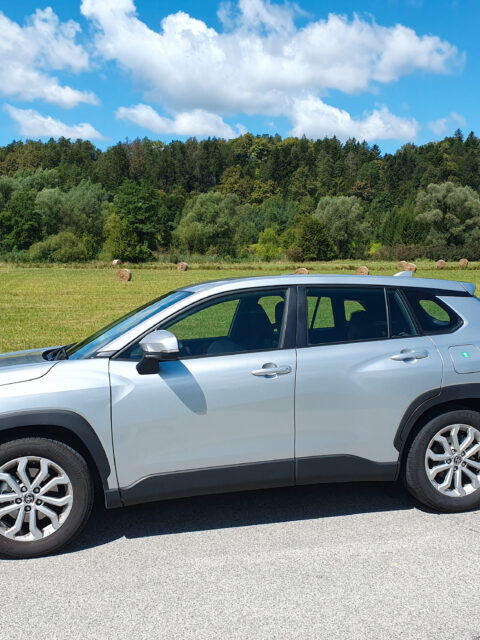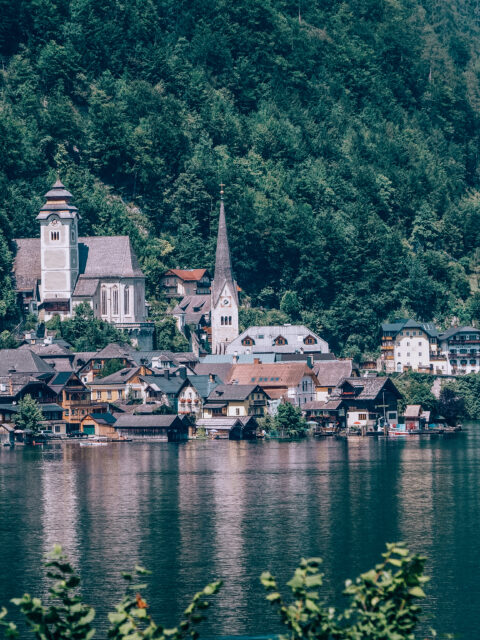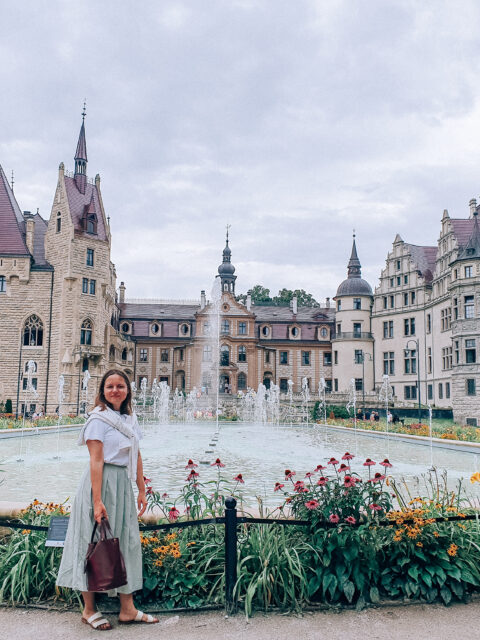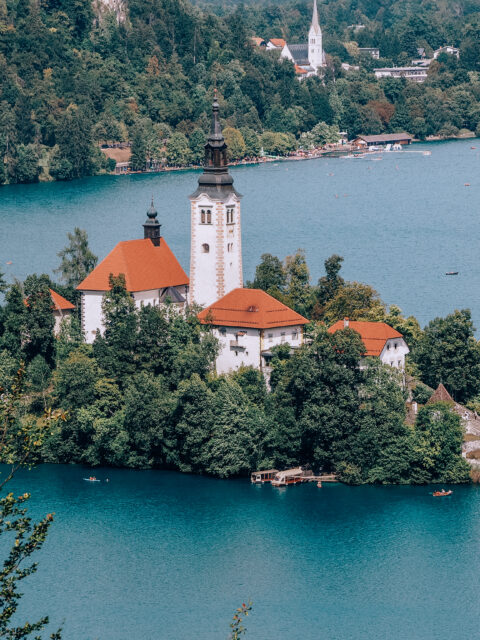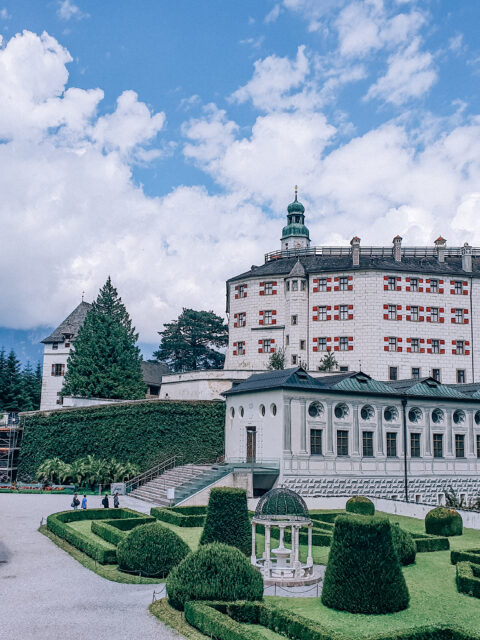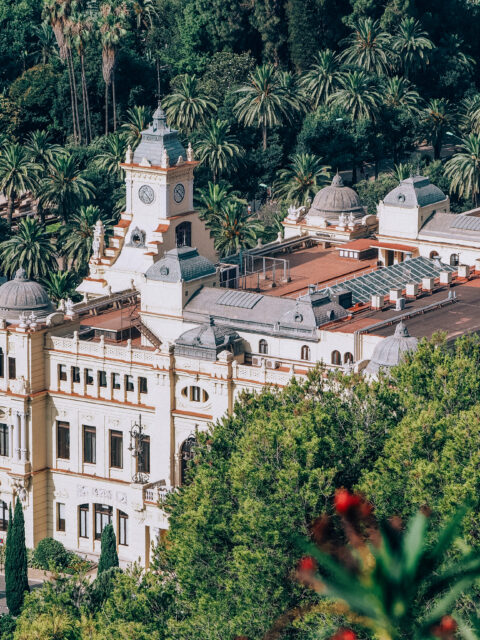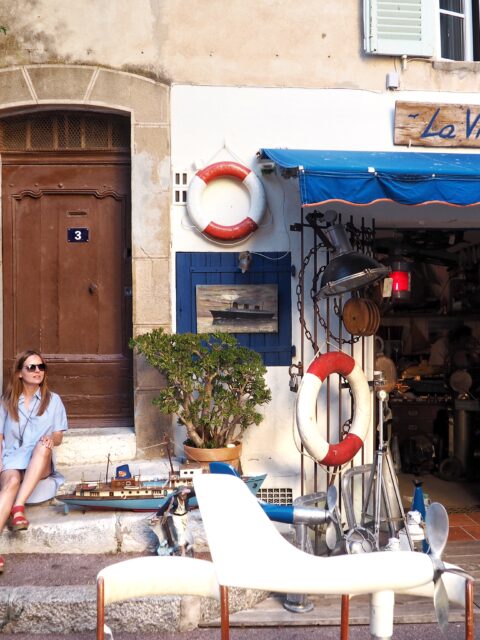Highlights of a road trip through Galicia, Spain.
If you asked me to list all the highlights of Galicia, I would have had a very tough job. The road trip through Galicia was part of a bigger trip all the way from Madrid through Asturias with a finish in Galicia. The north of Spain is so rich in cultural, sightseeing and gastronomic experiences, that I must admit, two weeks allow you to only get a glimpse of the area and its beauty.
The list of places to visit in Galicia in this post is not exhaustive as it would be impossible to list all the picturesque places you can find there in one post. We stayed in some towns for a day or more, some we visited only by a lunch or coffee stop and a walk. Nonetheless, the highlights of the road trip through Galicia left us with some beautiful images that are worth considering when planning a trip to the north of Spain.
When to go to Galicia
Galicia is a beautiful part of Spain, so different from the southern area of the country: landscapes, people, food and weather. Our trip was in July and as you can see, I am wearing layers.
- For best weather summers (July and August) are the best offering a warmer weather, but are also popular for beach activities, so can be crowded.
- To avoid crowds but still have pleasant weather: The best time to visit Galicia is during the late spring (May to June) and early autumn (September to October). These periods offer mild temperatures (but not very warm for the beach) and fewer crowds compared to the peak summer months, making it ideal for exploring Galicia’s stunning coastline, lush landscapes, and historic sites.
- Avoiding the rainy winter months (November to February) is advisable as they can be quite wet and chilly.
Renting a car and driving in Spain
Driving in Spain is pretty easy. Spanish roads are generally well-maintained, and motorways (autopistas) often require tolls. Speed limits are typically 120 km/h on motorways, 90 km/h on secondary roads, and 50 km/h in urban areas. It is mandatory to carry your driving license, passport, proof of insurance, and vehicle registration at all times. Fuel stations are widely available, but be aware that rural areas may have fewer options. Parking in cities can be challenging, with many areas requiring payment or having restricted zones. Spanish drivers tend to be assertive, so staying alert and confident is crucial.
Renting a car in Spain is rather straightforward, but book a car in advance in peak season (if you book online you might find discounted prices as oppose to renting on the spot). Consider the type of trip you’re planning. Compact cars are ideal for navigating narrow city streets and finding parking. In Galicia there are places with quite narrow roads (that lead to stunning destinations). We almost got stuck on a small road between to stone fences.
Rent a car in Spain through DiscoverCars.
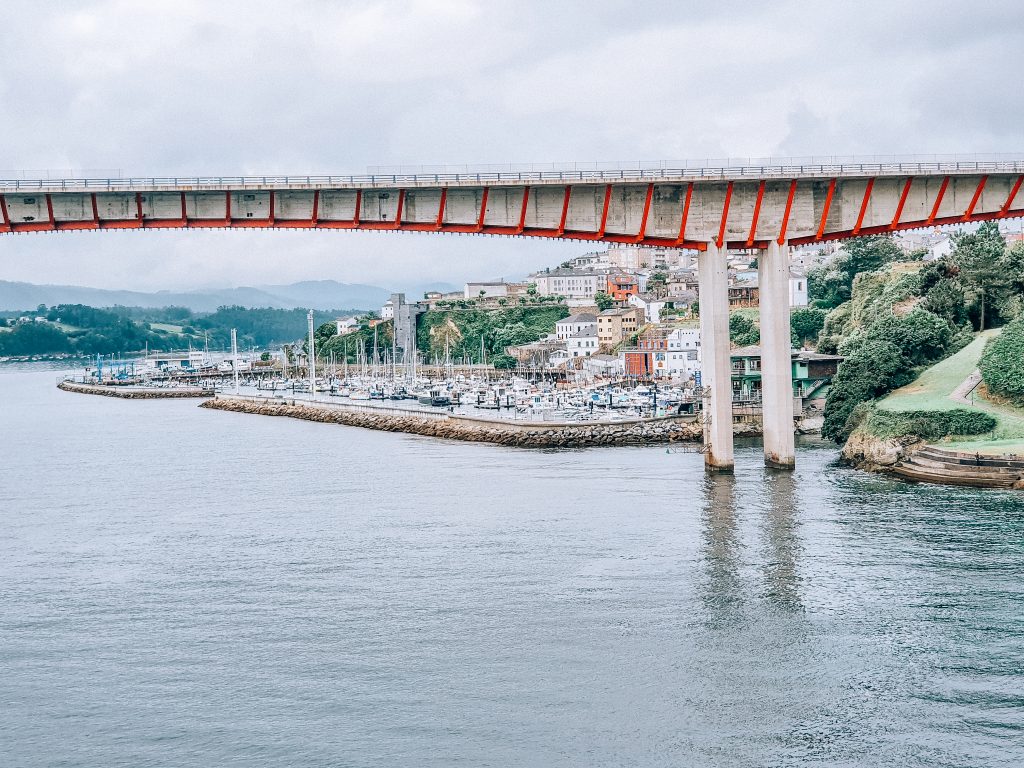
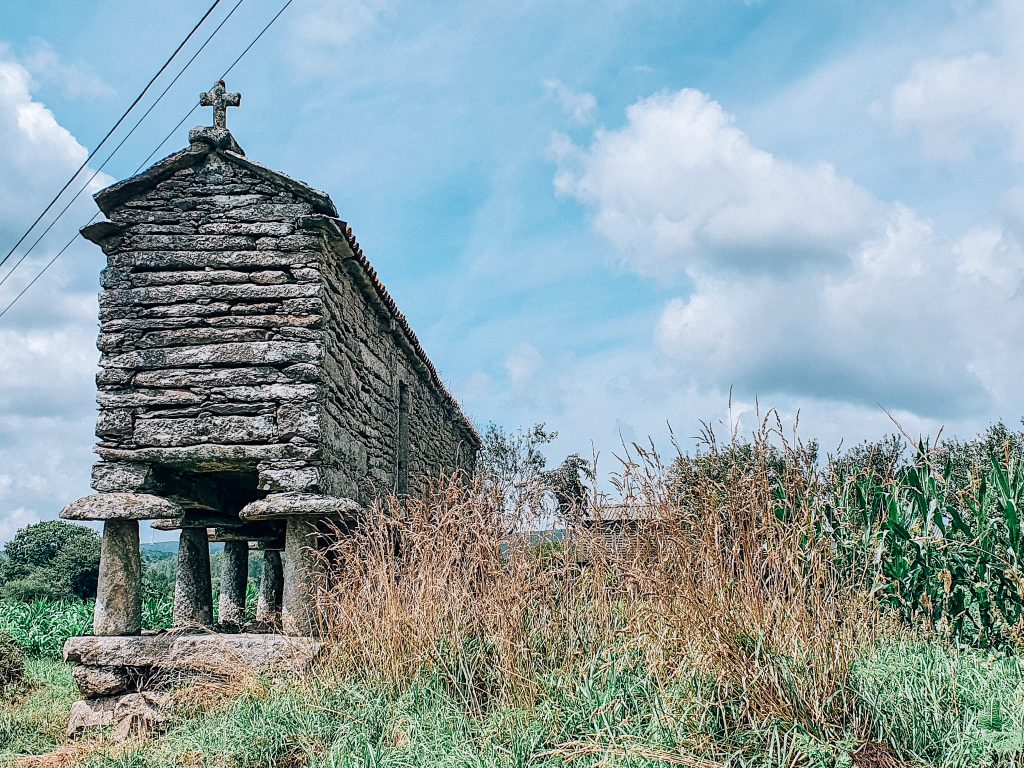
Places to see in Galicia
Ribadeo y playa de Las Catedrales
When you travel through Asturias and Galicia for the first time, as was my case, and you do so in a few days and by car, when you review the photos after the trip, you can confuse both regions of Spain. Both are beautiful and green and their people are charming. Therefore, a small help is to locate the photo of the lighthouse of Ribadeo (the one above).
If you travel west from Ribadeo, starting from the lighthouse of Ribadeo, the following photos will be of Galicia. And if you are heading East, the subsequent photos will be of Asturias. We, however, arrived in Ribadeo from the south, from the beautiful Asturian village of Taramundi (see my post road trip in Asturias coming soon).
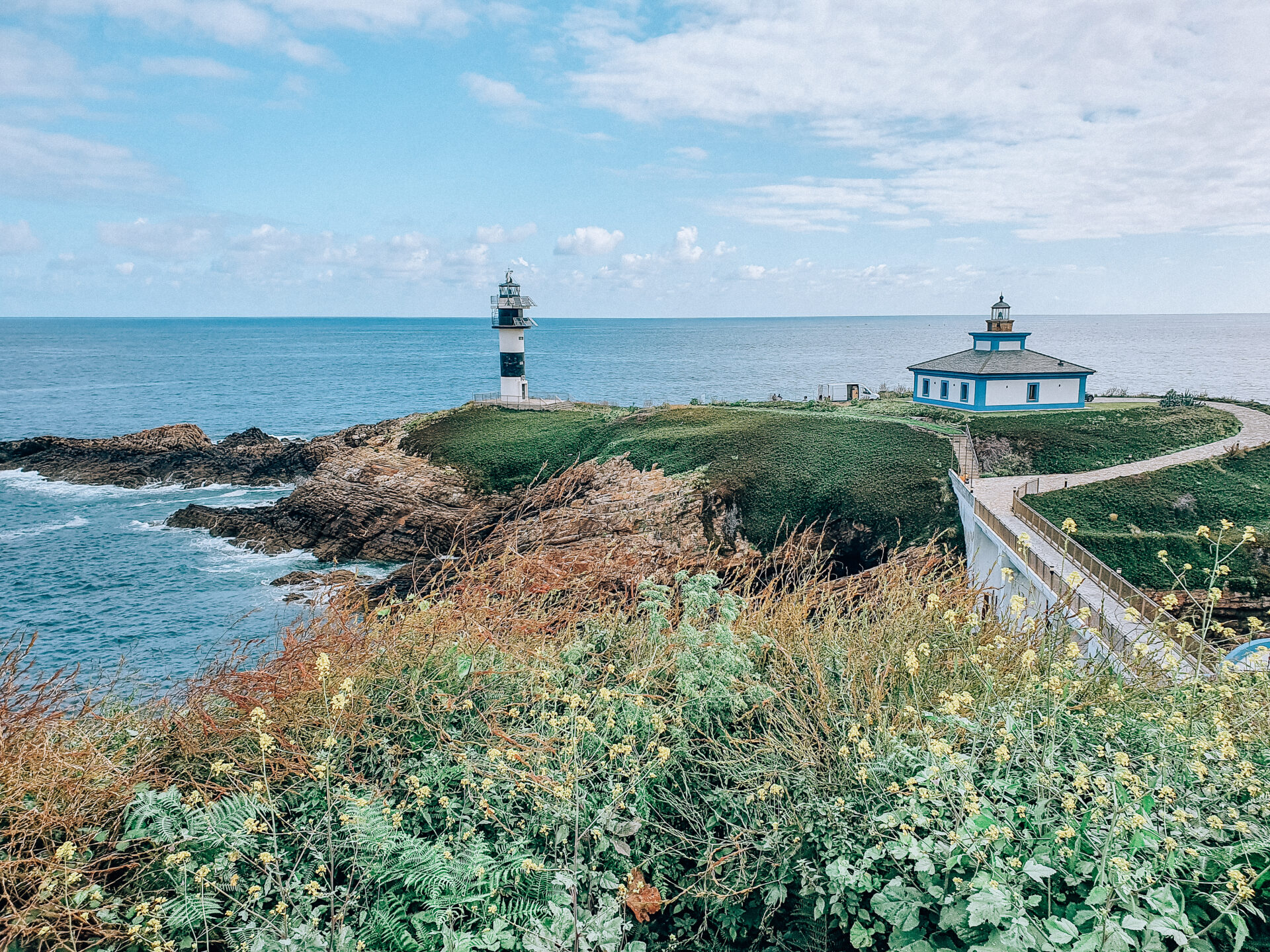
Galicia is water, wind, coast and cliffs but it is also green and forest; the pure air you breathe and the landscape you enjoy at the lighthouse of Ribadeo makes it clear that you are already in Galicia.
Food in Galicia
Do you still have doubts? Then nothing better than booking a table at Casa Villaronta, for example. It is one of the best places to try some typical Galician dishes and surround yourself with people from Ribadeo. The restaurant does not book a table but what you can do, is sign up through WhatsApp on its waiting list (+34 982 12 86 09) or via their website. If you go a little earlier or a little later than the most frequented hours, you will wait less to be seated. The staff is lovely and fast, and what you should try is the octopus “pulpo a feira”, it is extraordinarily tender and tasty. We also ordered lacón with cachelos, zamburiñas and “pimientos de Padrón” (Padrón´s peppers). To drink, Estrella Galicia beer.
Be sure to visit the historic centre of Ribadeo, where you will find the palaces of the so-called “Indianos”. The Indianos were Galicians or Asturians who had travelled to America, after its discovery by Spain in 1492, and who on their return to Spain wanted to show not only the fortune saved but also invest in their homeland. In this way, many of them invested in industrial and commercial enterprises and sponsored many socio-cultural initiatives during the nineteenth and early twentieth centuries.
It is also recommended that you visit the beach of Las Catedrales. Being one of the most beautiful beaches in the world, its maximum daily access is limited during certain periods of the year. It´s better that you check availability of tickets in advance, and if you are planning to go in during the summer, better book at least 15 days in advance.
Where to stay in Ribadeo:
- Hotel Boutique Loriente
- Parador de Ribadeo
- For a fun experience, stay in Faro Isla Pancha
Viveiro
We continued our trip West, accompanied by the Cantabrian Sea on the right. The roads are in perfect condition and are easy to drive. Soon we reach Viveiro, a small town where we decide to stretch our legs and go for a walk at the beach. At the end of the corniche, directly opposite us, there was a coffee shop. It was a good idea to step outside, on the terrace, and enjoy the sea breeze and the sun on our faces, while drinking coffees.
The waiter was talkative. When he brought the order, after some curious questions about our origin and our next destination, he explained that had we visited Viveiro on the first Sunday of July, we could have attended the “Rapa das bestas” party. The tradition is that horses “Galician horse breed” run wild through the mountains throughout the year, although they usually have certain places where they usually go and that the community members know. Places sheltered from the cold and the wolves and in summer from the fly, places where food abounds. On the “Rapa das bestas” day, is about gathering the horses, separating the males (from mares and foals) and a fight between the horse and a gang of men and young people to reduce it, so that later it can be marked and be shaved. A real show, he said.
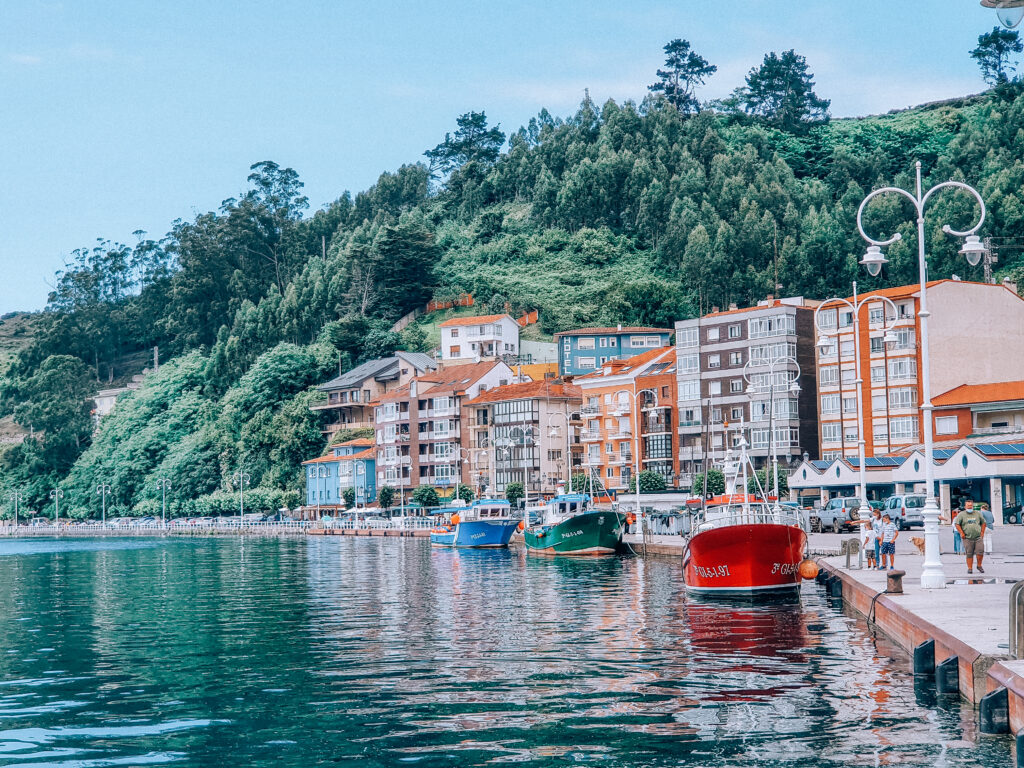
Cabo Ortegal
Our next stop was Cabo Ortegal, which is the symbolic dividing line between the Cantabrian sea (or the Bay of Biscay) and the Atlantic ocean. It is said that heading West, the cliffs get higher and higher over the Atlantic, rising some of them up to 600 mts. above sea level, being comparable in Europe, only with the height of the Norwegian fjords.
The embrace between sea and oceanic waters make, likewise, that at the foot of these cliffs grow some of the tastiest “percebes” (barnacles) in all of Galicia. If you have the opportunity to try them, do not doubt and try them!
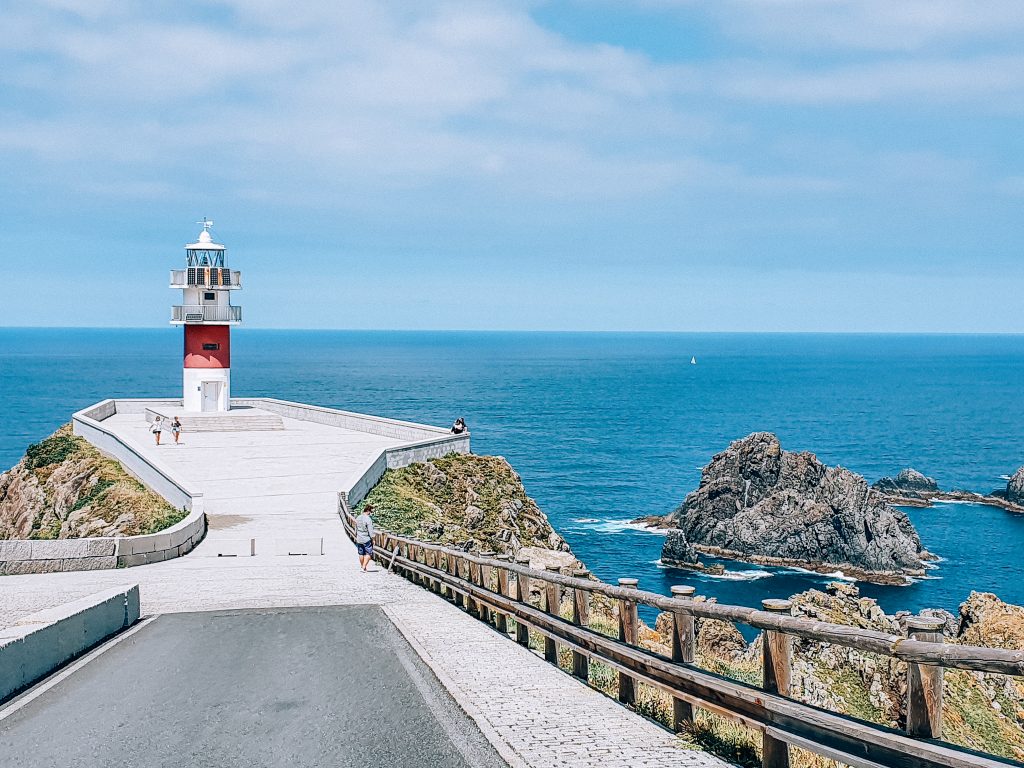
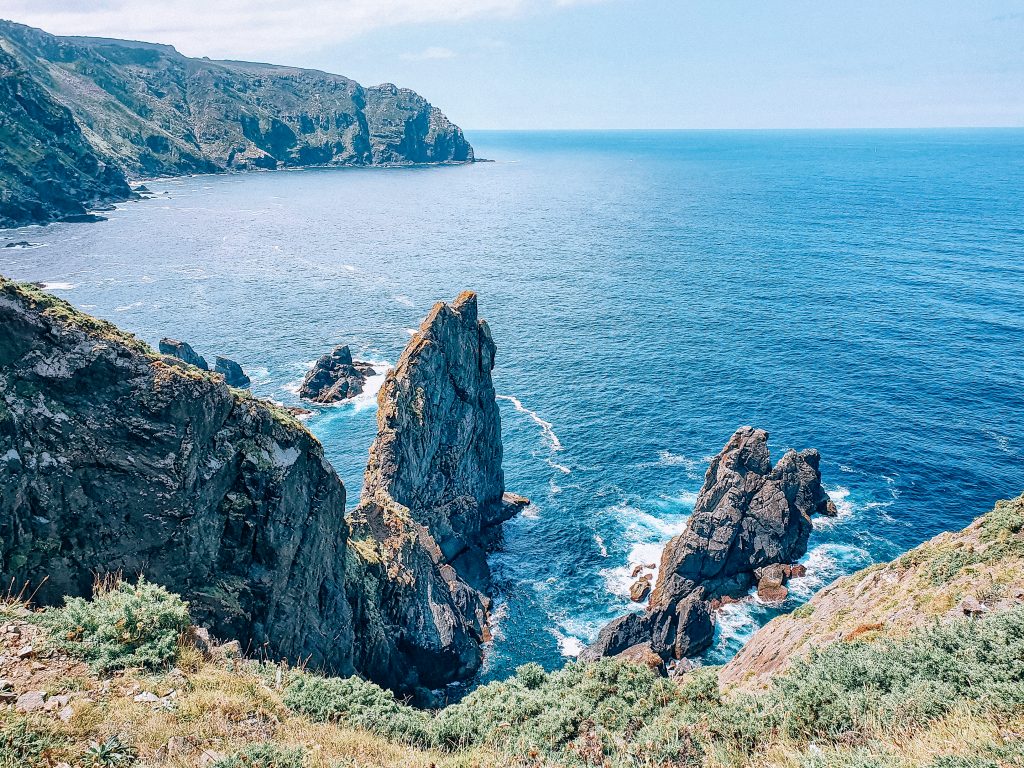
San Andrés de Teixido
On the way to Cedeira, we visited the village where Andrés, the Apostle, as a good fisherman, arrived. The legend says that he settled and built the small gothic temple that can be seen, in a marine style. The views from the sanctuary are amazing and you can hear the wind and the waves beating against the rocks in the cliffs, creating the perfect environment for barnacle-breeding in those cold waters.
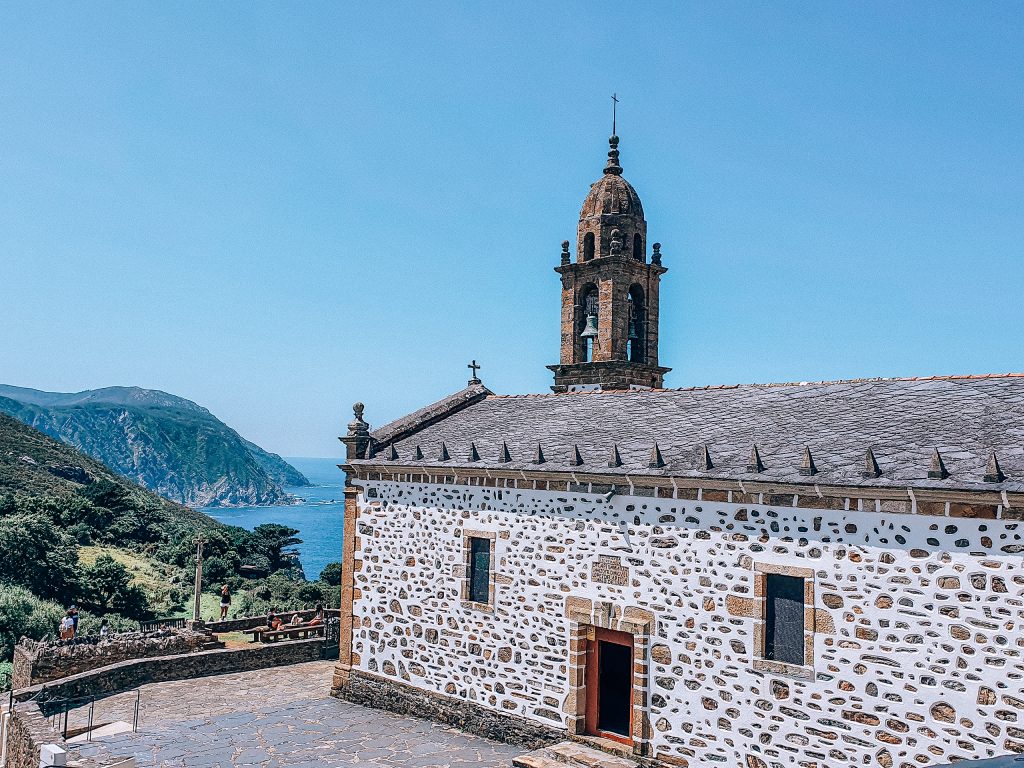
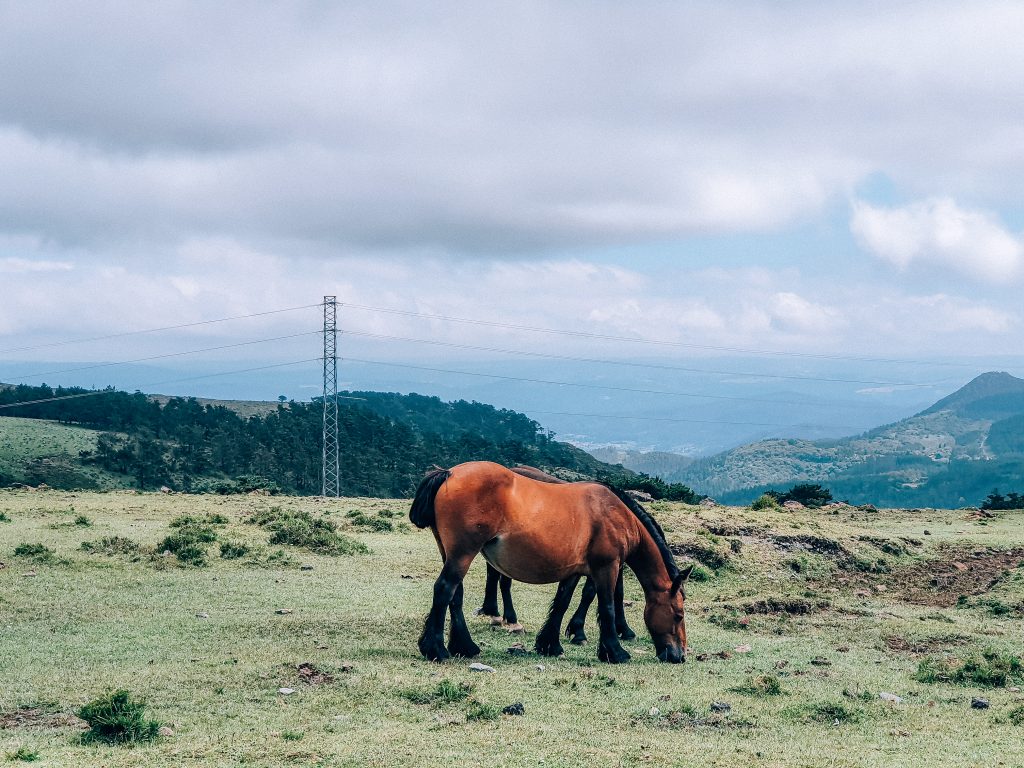
Cedeira
It’s all about amazing beaches. In Cedeira and its surroundings, we discovered some of the most beautiful beaches of Galicia: La Magdalena, Vilarrube, Pantín and Valdoviño. Each well deserves that you enjoy some time there, especially as the sun sets over the waters, right after a refreshing bath for those who are brave enough.
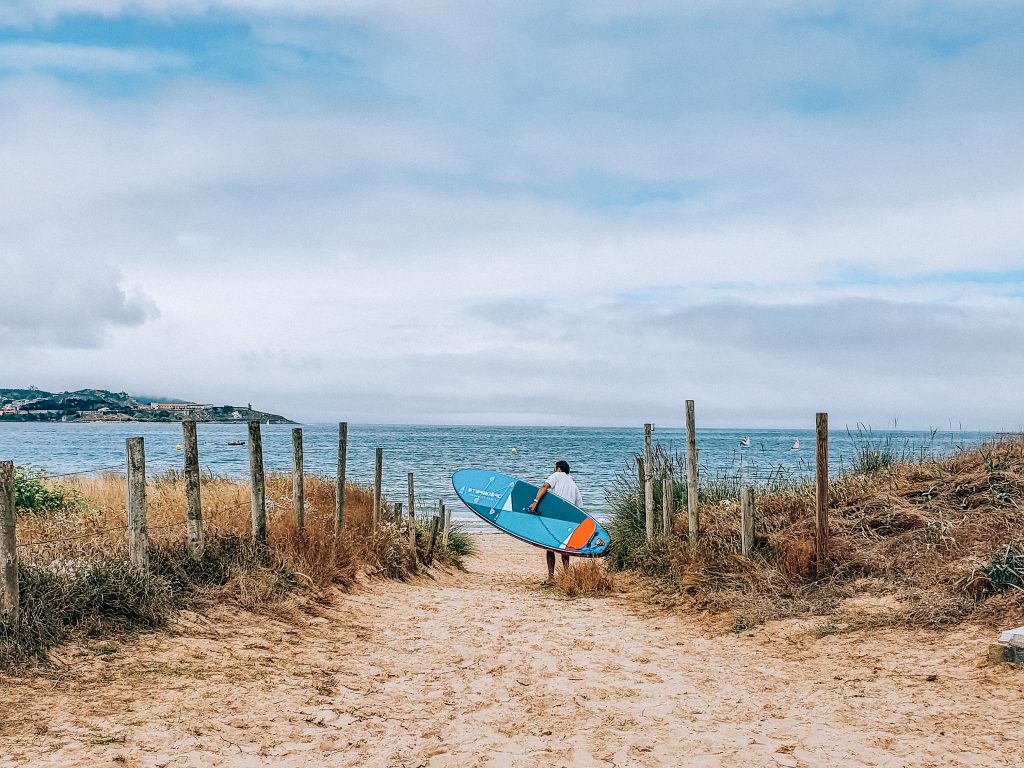
La Coruña
Pablo Picasso, the Spanish genius artist, was 9 years old when he arrived in La Coruña. His father had found work as a drawing teacher and Picasso´s first stroke and the first exhibition occurred in La Coruña. Picasso´s house museum at 14 Rua Payo Gómez, displays original items by the artist, including his notebooks.
It is because of its amazing gallery facades, that La Coruña is known as the “glass city”. We stayed at Melia Maria Pita, above all for the sea views and location. As a local tip, in case you love “tortilla de patatas” as much as I do, don´t miss un pincho de tortilla with coffee in the hidden Casa Martín, Rua Alameda, 42…hope you like it!
A must-see attraction in La Coruña, is not only the first Zara shop ever opened in the world by its owner and founder (número 64 de la Calle de Juan Floréz), but also the World Heritage UNESCO-listed Tower of Hercules. Of Roman origin, it is the oldest operating lighthouse in the world (20 centuries) and was very nicely restored during the 18th century.
Where to stay in La Coruña:
- Melia Maria Pita– a perfect location overlooking the beach, which allows you to wake up to the view of the sea.
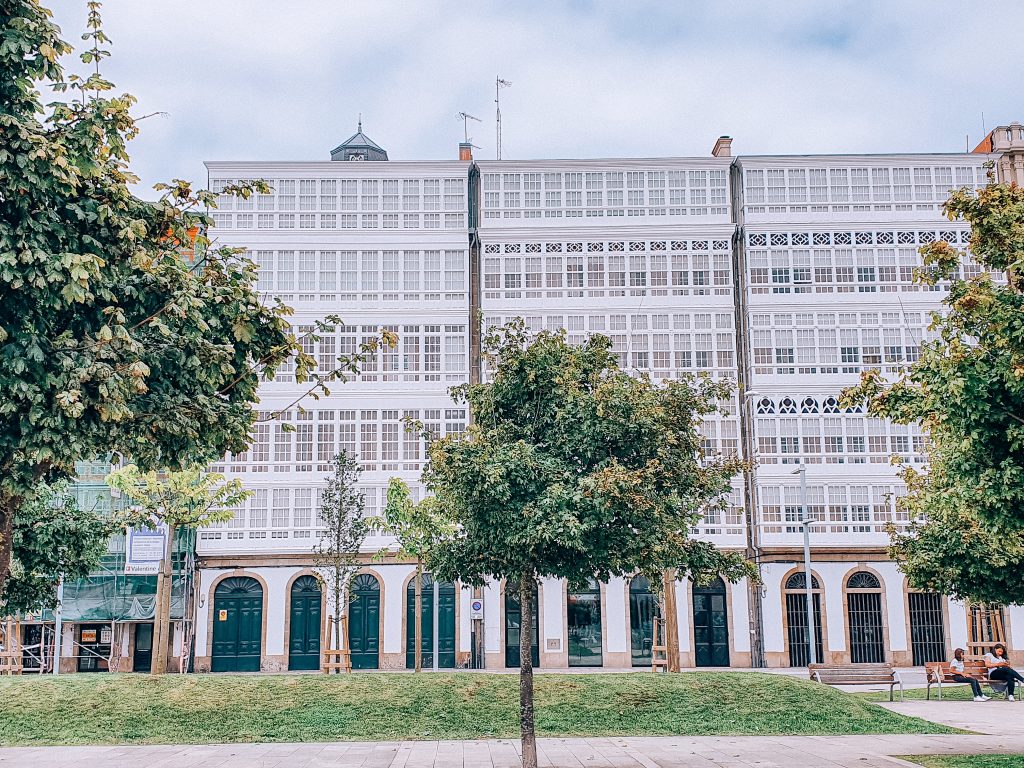
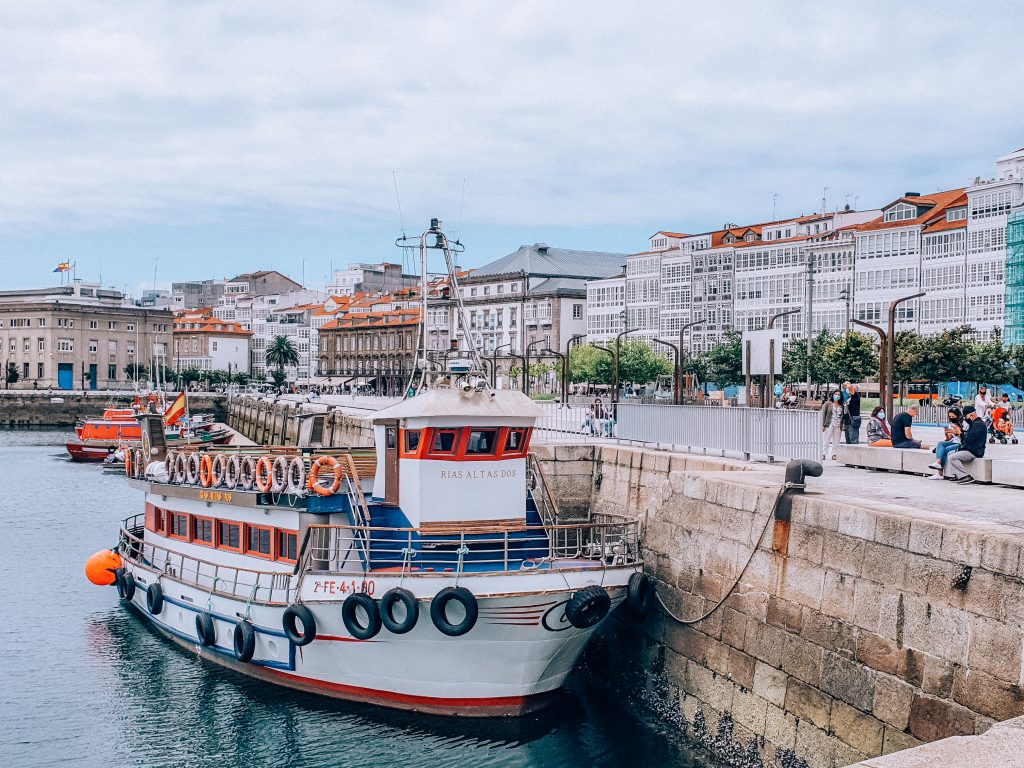
Finisterre
Our road trip along the Rías Altas, which had started in la ría de Ribadeo, at the border with Asturias, finally was to end in the cape of Finisterre (or Fisterra, as it is said in the Galician language).
The name of this cape comes from the Roman Empire, “Finis terrae”. For them, and for many centuries until Spain discovered America to the rest of the world, Finisterre was the place where the earth ended (and the mysteries began).
Today, Finisterre is also the final point of the Santiago Way for those pilgrims who, after having passed the tomb of the apostle in Santiago de Compostela, make an effort to walk another 90km and contemplate a sunset full of feelings and magic. There, those pilgrims will find the mythical sculpture of the “pilgrim’s boot” made to honour such brave walkers.
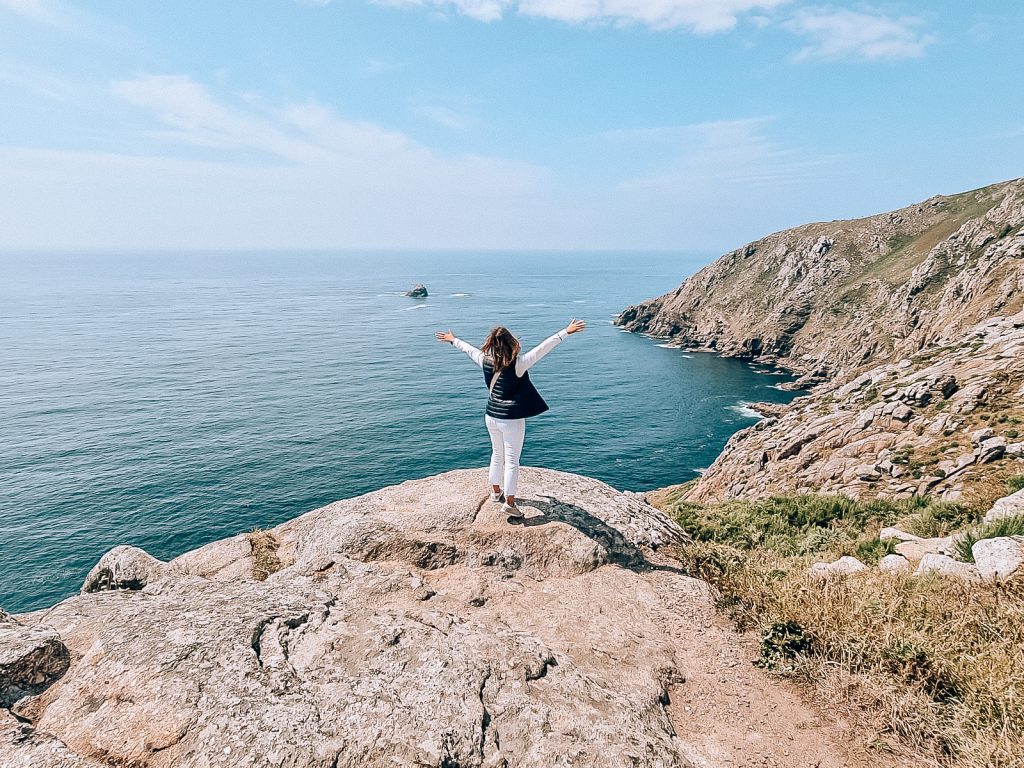
Santiago de Compostela
Santiago de Compostela is probably the first place that comes to mind when thinking of Galicia and it was, definitely, the biggest highlight of our trip.
Standing in the Plaza de Obradoiro, a meeting point for pilgrims, before the Cathedral is an unforgettable moment in the life of any pilgrim to Santiago. The movie “The Way”, starring Martin Sheen, may give you an idea of what I am referring to. The Camino de Santiago is a journey for the soul; it is the king of all Pilgrim Routes in Europe and it is much more. It unites united Europe since a large network of ancient pilgrim routes stretching across Europe, and pilgrims from all over Europe, come together in the Way, at the tomb of Santiago apostle (St. James in English).
Santiago de Compostela lives on the joy of pilgrims, on their prayers, illusions and promises, on their smiles, their tears of happiness, their skinny bodies after hundred of kilometers of pilgrimage, their generosity, companionship, simplicity, their freedom and austerity. Santiago de Compostela in the rain (which is very usual) is magic too. This medieval town hugs your heart like no other and its people, its food, its shops, its churches, its wet and shiny cobblestones, will leave in you wonderful memories forever.
Where to stay in Santiago de Compostela:
- El Faro de Pepa by Como en Casa– beautiful, self-check-in apartments in heart of Santiago.
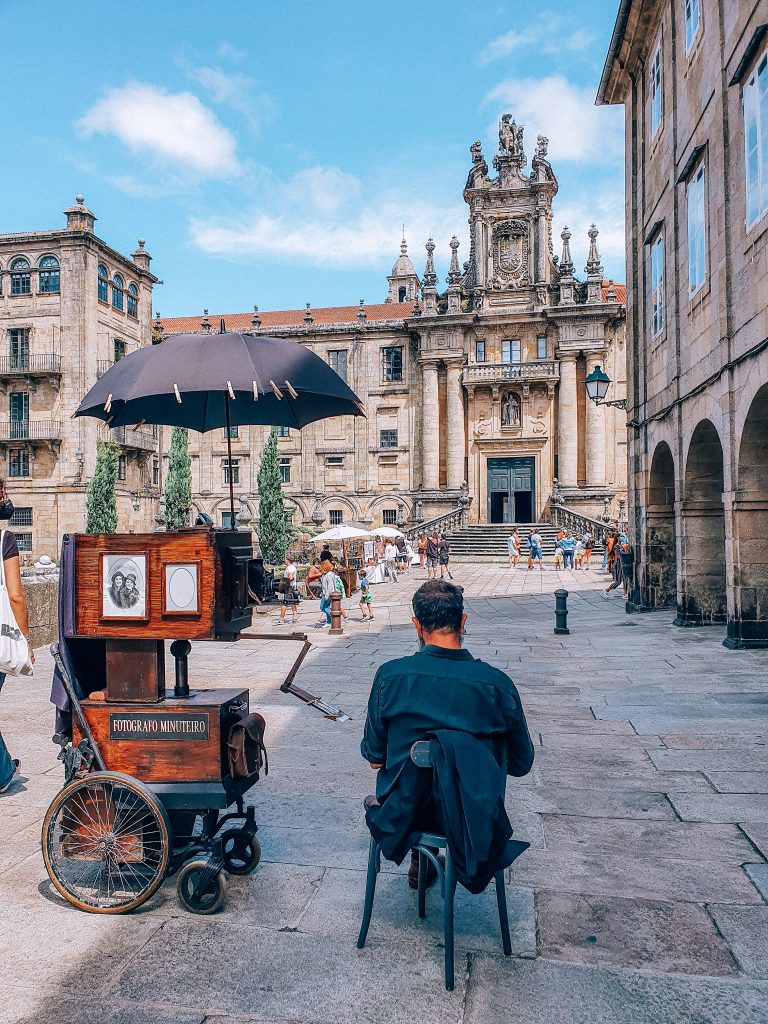
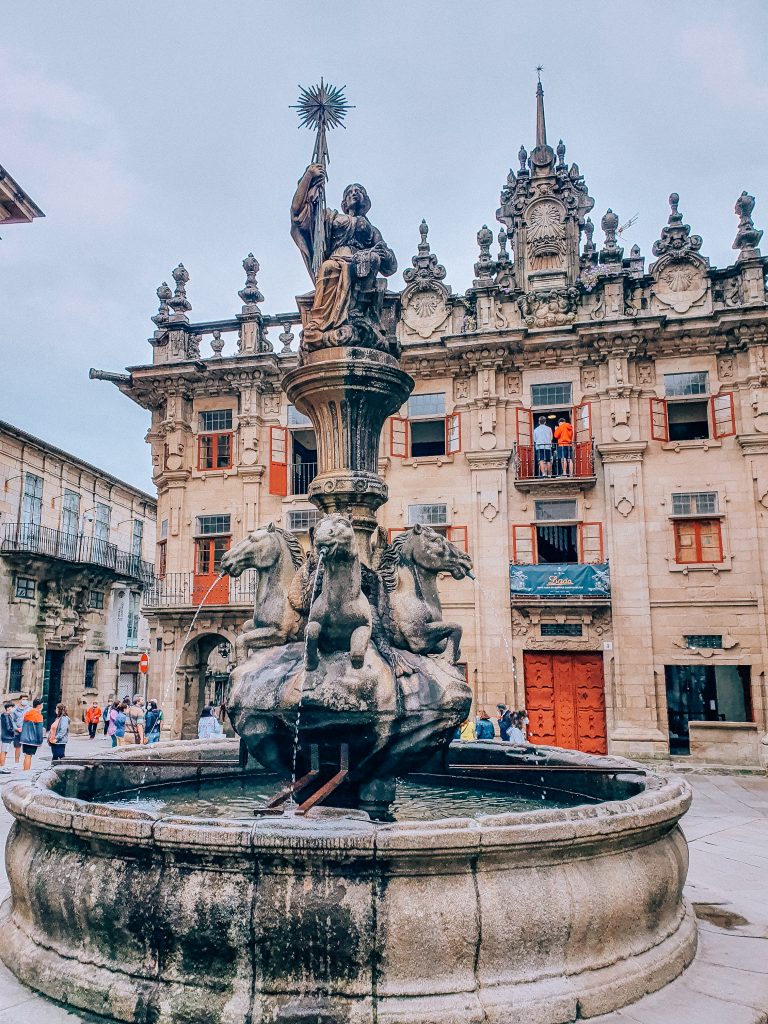
Baiona
Our penultimate stop in Galicia was Baiona, a coastal resort town with some small appealing beaches and a nice fishing port. It has a nice Parador de Turismo, a typical type of accommodation, usually in historical buildings. We, however, decided to stay in Pazo de Touza.
Where to stay in Baiona:
- Pazo de Touza– It’s a country house built in the 16th century and one of the most beautiful hotels to stay in the area.
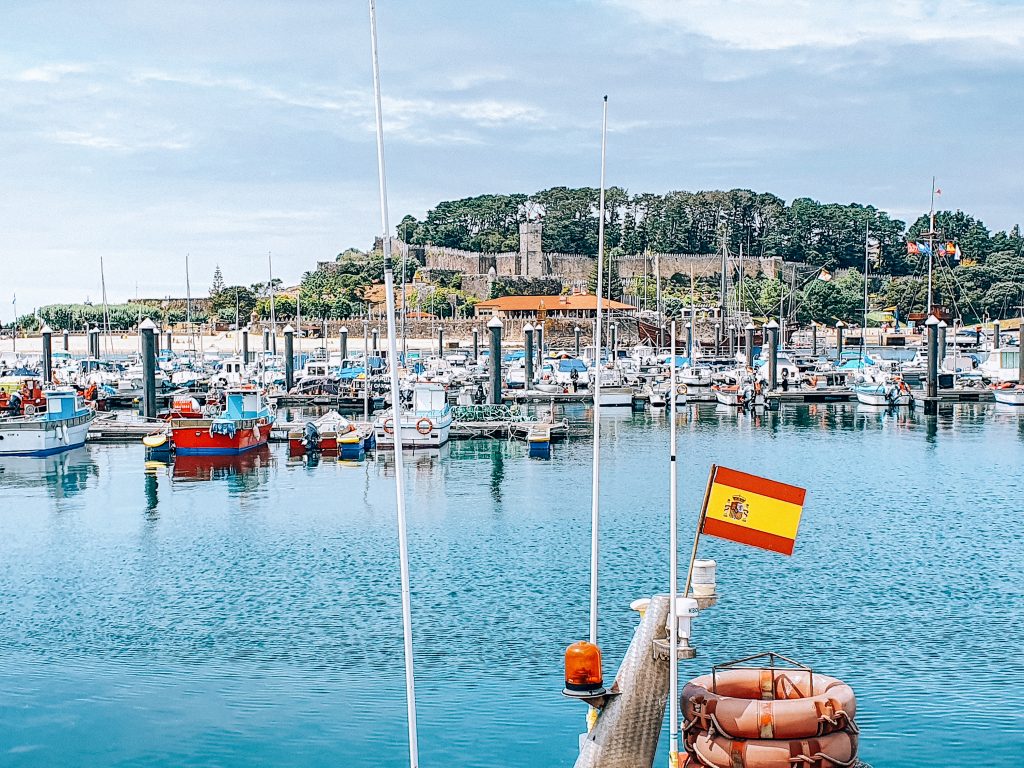
Ribeira Sacra
We made our way back to Madrid through the Ribeira Sacra. The landscape is made of oak groves and pine forests, viewpoints and wineries along with the cannons of the Miño and Sil rivers. There are plenty of options to explore this area, from hiking routes to catamaran sailing (from “embarque de San Esteban”). A place to stay, if you are able to get there (we didn’t manage due to some work on the road), is the Parador de Santo Estevo.
Use my favourite travel resources to plan your dream trips
- Booking.com for searching best prices on accommodation.
- Discover Cars is a great website as they search both local and international car hire services, so you can choose the best deal for yourself. Make sure though, that the company has a good reputation and reviews.
- Get Your Guide is my place to go for searching and booking tours and excursions, especially when I travel solo.
- World Nomads and EKTA travel insurance. I like them because they have quite extensive coverage of different activities.
- Jack’s Flight Club is a service that can save you hundreds of dollars on flights, it works especially well in Europe.
- Trivago where you can search and save on hotels.
- Go City is a perfect site for booking bucket list experiences and attractions all in one to avoid paying for multiple tickets. Easy and saves money.
- Trip Advisor– amazing for good quality recommendations.
- Skyscanner is a perfect website for searching flight routes and comparing prices.

See also:
- Easy salmorejo recipe- a perfect cold soup for hot summer days.
- Spain for foodies. 10 dishes you must try while in Spain.
- 11 curiosities you did not know about Madrid.
- Pedraza, a trip to a fairy-tale town.
Did you like the post? Pin it for later:
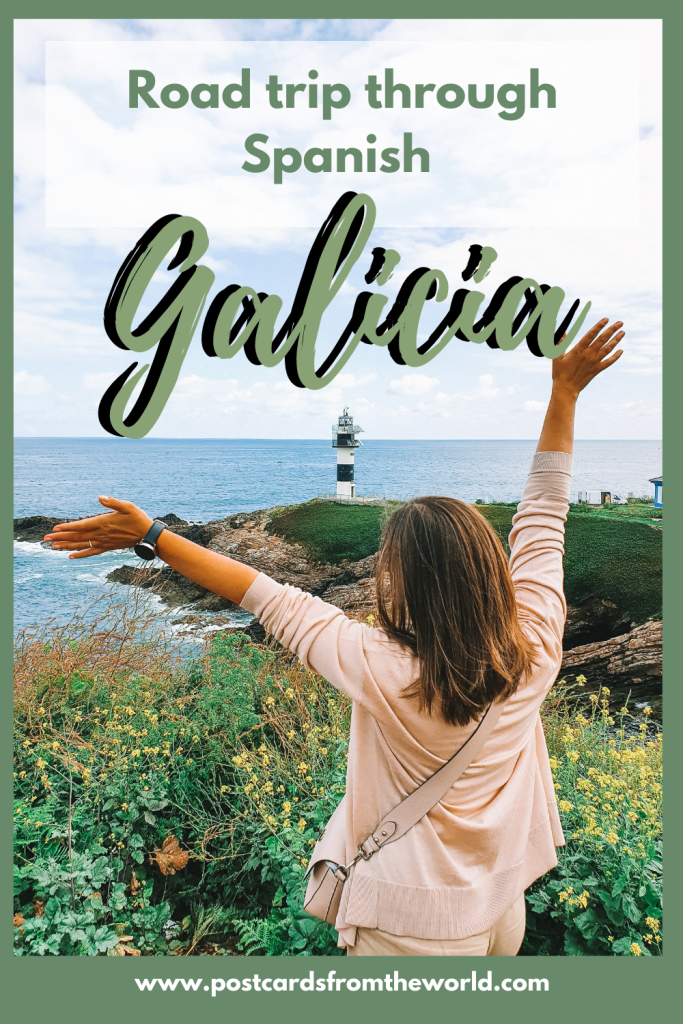
Please note that this post included affiliate links, when you decide to purchase anything through these links I get a small commission at NO extra cost to you, it helps me to keep running this blog! I only promote products and services I use or would use myself. All images are the property of Postcards from the World and cannot be used without permission.


